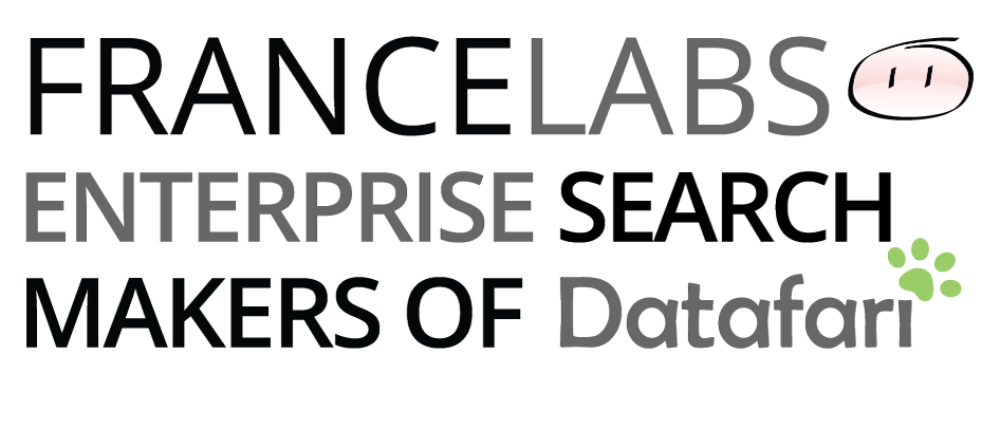Replacing DIH with ManifoldCF easily with Datafari
So you were using DIH with your Solr, and you are worried that it may not be maintained actively anymore ? And you have difficulties to find a replacement or an alternative ? We propose here a replacement that relies on Apache ManifoldCF and Datafari, projects that have been actively maintained and updated for several years now.
Datafari is an open source Enterprise Search solution, that – among other things – embeds Apache ManifoldCF and Apache Solr. As such, by installing it you are just some scripts away from having a fully functional DB crawler that fetches the data and sends it to an Apache Solr. Which is exactly what DIH was doing! As a bonus, ManifoldCF can do much more as it proposes plenty of connectors for different sources, and graphical capabilities to configure your crawling (SLAs, time windows, data processing…).
So hop in, and give a look at our DIH replacement tutorial on the Datafari wiki.
